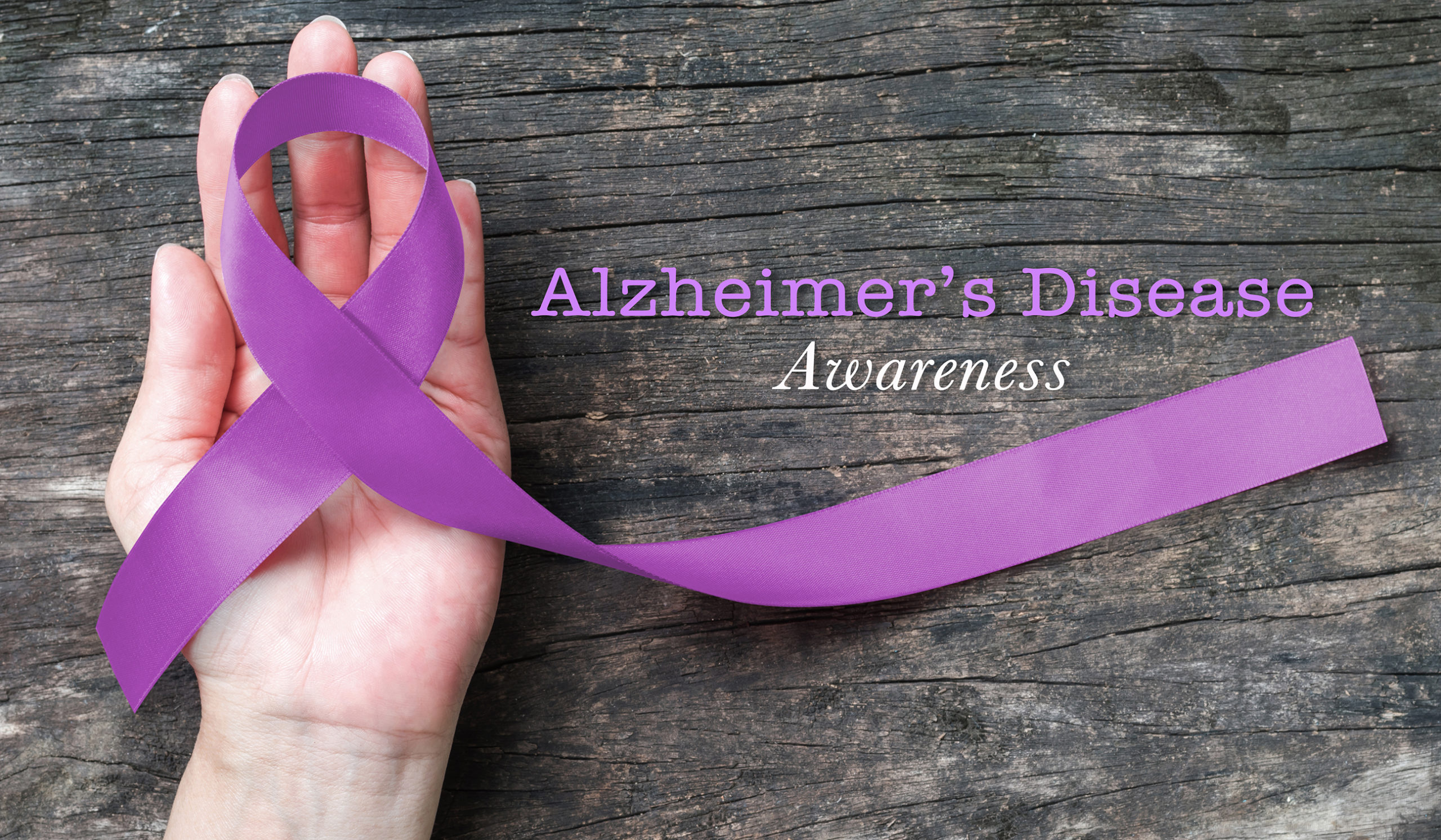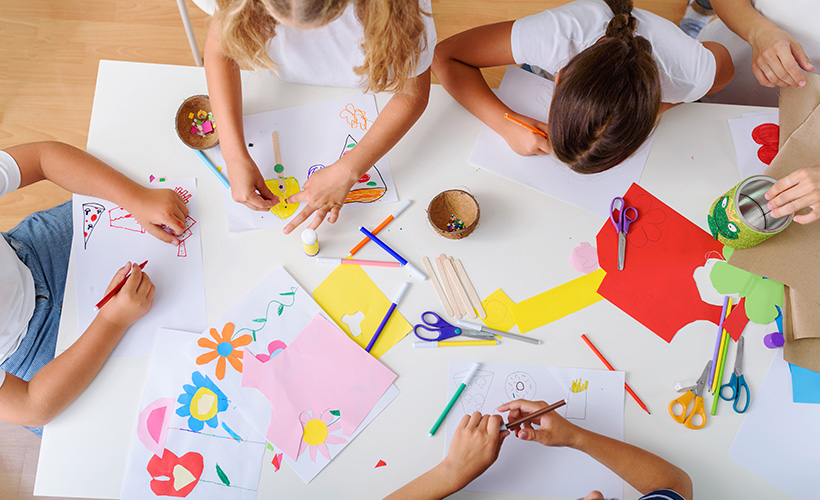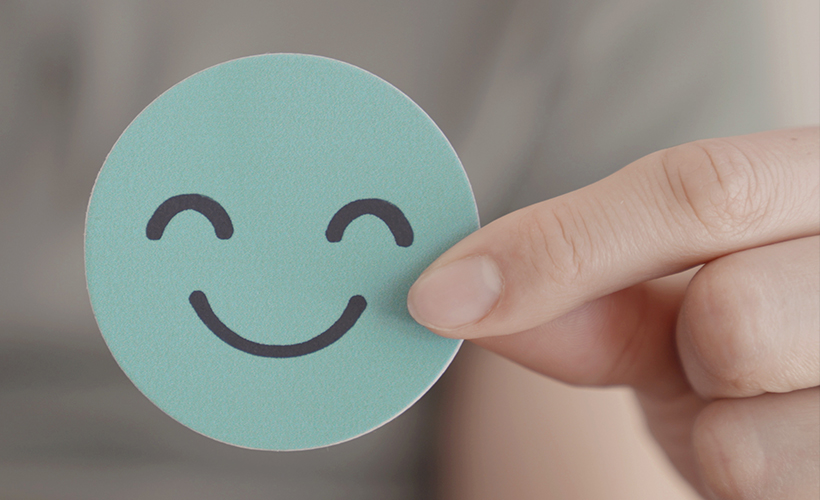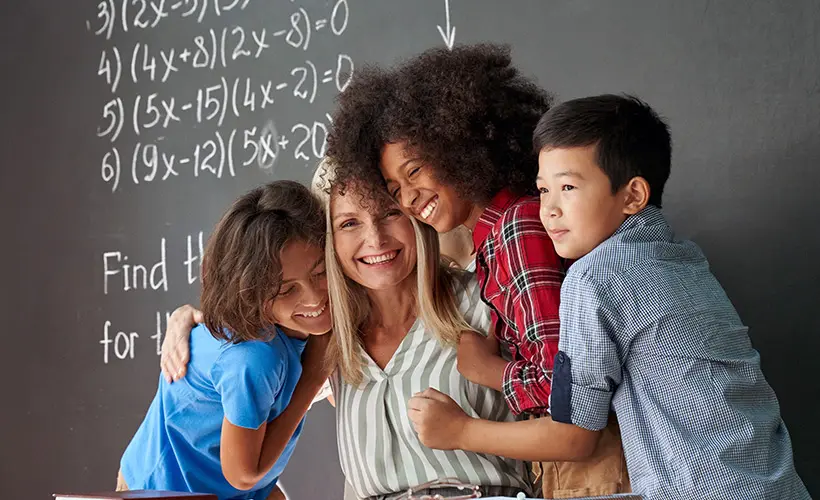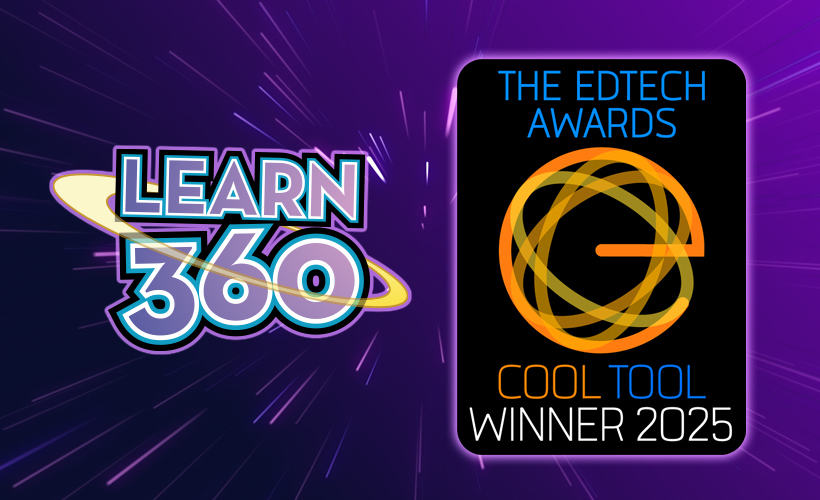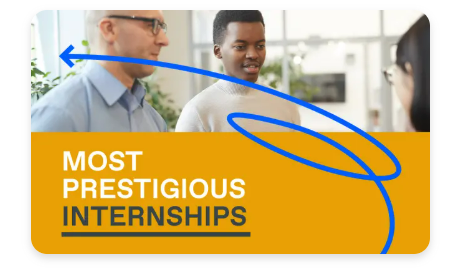Filter
Iran Nuclear Program: A Featured Controversy from Issues & Controversies
On June 12, 2025, Israel launched Operation Rising Lion, carrying out a series of coordinated air strikes and drone attacks...
Library Resources as Essential AI Complements
The beauty of information literacy is that there’s never a time when it’s not at the fore in our academic,...
This Juneteenth, Learn About African-American History with These Videos
Looking for resources to commemorate Juneteenth and explore the history of African-American freedom and justice? Infobase is here to help....
¡Vámonos! Figure It Out with Alma’s Way
Have you ever wished that you could pause life long enough to figure out the answers to your problems? Well,...
Alzheimer’s and Brain Awareness Month: Early Warning Signs and Prevention
Alzheimer’s disease is a degenerative brain disease that slowly destroys memory and thinking skills and is the most common type...
Do Tariffs Benefit the Economy? A Featured Controversy from Issues & Controversies
On April 2, 2025, a day christened “Liberation Day,” President Donald Trump announced sweeping tariffs on imported goods from dozens...
Help Kids Learn with Crayola Creative Activities
Creative activities can strengthen children’s problem-solving and critical-thinking skills, improve hand-eye coordination and attention span, encourage self-expression and curiosity, and...
Get Students Ready for Life after Graduation
Students have a multitude of opportunities ahead of them post-graduation, but they may not be certain where they want to...
Smart Ways to Use AI for Your MBA Application
How to ethically and strategically use AI to sharpen your grad school application.
Five Great Remote-First Fintech Firms
The good news is many fintech firms have adopted a remote-first workplace structure.
Promote Mental Health Awareness with These Resources
While the benefits of maintaining one’s physical health are well documented and discussed, mental health is equally as important. And...
5 Ways to Say "Thank You" to Your Community’s Teachers
Happy Teacher Appreciation Week to all of our Learn360 educators. Thank you for the late-night lesson planning and emails, the...
Learn360 Wins EdTech “Cool Tool” Award: Q&A with the Editor
Learn360, Infobase’s multimedia solution for K–12 schools and districts, has earned yet another award—it won the 2025 EdTech Cool Tool...
Step It Out, Break It Down with Lyla in the Loop
Looking for a fun animated show that can help kids from prekindergarten through fifth grade develop computational thinking skills? Lyla...
Sun Exposure Risks and Ways to Stay Safe
Many of us—especially those of us who live in colder climates—can’t wait for summer to finally arrive. It’s a great...
Looking for Earth Day Content? Start with Infobase
Since 1970, every April 22 has been dedicated to increasing awareness about the environment and the steps we can take...
3 Ways Educators Can Help Students Fight Brainrot
If you’ve been following the news, you’ve more than likely heard about brainrot (or “brain rot”), a buzzword that is...
Explore Employer Rankings and Verified Reviews
Access valuable content to drive your career forward.
Strategies for Making a Career Change Without Starting Over
How to transition effectively without losing progress by tapping into your network and current expertise.
Fun and Easy Ways to Celebrate National Poetry Month
How much do we love poetry? Let us count the ways. April is National Poetry Month, and we have lots...
Reaktion Books and the Unexpected Joys of Exploratory Search
When was the last time you got lost in a reference book? While many researchers today are drawn to the...
10 Ideas to Celebrate School Library Month
School libraries and librarians play a crucial role in the education of children and teens, from instructing how to research,...
Help Students Learn Financial Literacy
Understanding how money works, from how to maintain a budget to the basics of investment, is crucial to both surviving...
The Most Prestigious Internships Ranked
Vault’s Most Prestigious Internships represent the employers whose internships were rated highest in prestige. The 2025 rankings are based on...




